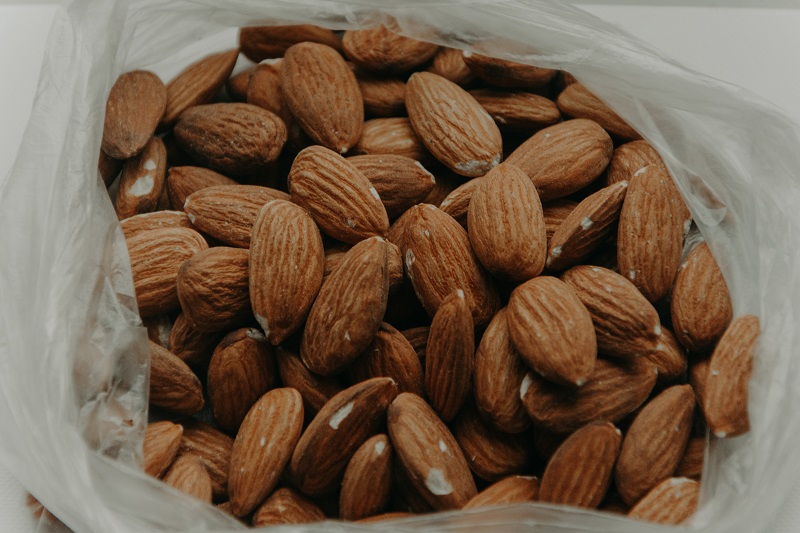5 Breakthrough Farm Marketing Tips For Florida Growers
In world a filled with message overload, it’s increasingly challenging to break through the clutter and make sure your produce stands out among the rest, especially for smaller growing operations. “I’ve always done it this way” doesn’t pass muster these days if you intend to stay top of mind with consumers.
Innovative growers across the state are employing a number of tactics to capture the attention of the consumer or find opportunities in new crops or new partners. The continuing popularity of the “by local” trend is a common theme laid out in the five ideas presented here and on the following pages.
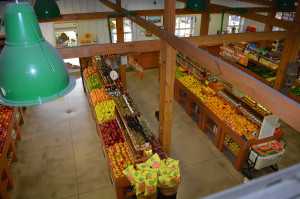 1. Going To Market
1. Going To Market
The application of on-farm retail markets or U-Picks and participating in local farmers’ markets is booming across the state as growers seek to engage the consumer more directly. While the farm benefits by selling more of its produce, there’s a side benefit of educating the public about where and how food is grown.
As Florida Grower features innovative farms across the state, it is becoming more common that those farms are home to retail markets that sell direct to consumers. Long & Scott Farms, O’Brien Family Farms, Parkesdale Farms, Lake Catherine Blueberries, Bedner’s Farm Fresh Market, and Ferris Farms are among those who operate a retail markets and/or U-Picks and have been featured on the cover of the magazine in recent years.
The Bedner family has enjoyed big success with their market and U-Pick operation in Boynton Beach. On weekends during the farm’s Fall Festival celebration, as many as 5,000 to 9,000 people visit to enjoy its agritainment offerings and buy fresh produce.
According to Marie Bedner, the secret to successful on-farm sales is creating an experience for the shopper and providing the best quality fresh produce. “The market has been very well received in the area,” she says. “It also has been very rewarding for our family to get instant feedback from our customers on what we grow.”
Some of Bedner’s secrets to retail market success include:
Location: Most successful markets/U-Picks are in closer proximity to population centers.
Diversity: In addition to its U-Pick crops, the retail market offers a wide selection of fruits and vegetables — much of which is grown on the farm or supplied by other local growers.
Diversions: After customers are done picking or shopping, give them other things to do. The Bedners go all out here, offering hayrides, bounce houses, pony rides, corn mazes, and special events like car shows and cooking demos.
Social Media: Utilize social media to build loyalty among customers and promote sales and special events. The Bedners use Facebook extensively and have built a fan base of more than 14,000 people at Facebook.com/Bedners.
In addition, local farmers’ markets are exploding across the state. Local markets are a great fit for growers who don’t have the time or resources to invest in an on-farm market. The Florida Department of Agriculture and Consumer Services (FDACS) provides an informal listing of local markets for consumers. According to Carl Penn, an FDACS marketing representative, 67 markets were identified on the list in 2005. Today, the number of markets has grown to 155.
“We can provide helpful resources for new markets, including sample market rules, vendor applications, and a sample farmer survey,” Penn says.
For growers seeking advice on how to stand out at farmers’ markets, the UF/IFAS Small Farms Program has a number of helpful resources. Visit SmallFarms.ifas.ufl.edu for more information. In addition, the Farmers Market Coalition (FarmersMarketCoalition.org) provides information and networking opportunities.
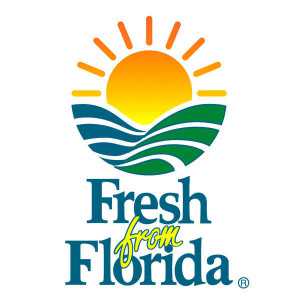 2. A Fresh Take On Branding
2. A Fresh Take On Branding
Joining forces with fellow Florida growers is one way to gain attention for your product. The FDACS’s Fresh From Florida campaign offers a low-cost option to help you tap into the “buy local” mentality now pervasive in the marketplace.
According to Kimberly Coker, an FDACS marketing representative, about 1,600 growers in the state currently participate in the campaign.
“Awareness of the Fresh From Florida logo is at an all-time high and the brand is synonymous with fresh, quality products,” Coker says. “Consumers want to know where their food is coming from and the Fresh From Florida logo on Florida-grown products gives growers immediate recognition and an edge above the competition.”
The cost to participate in the program is only $50 per year. Retailers, foodservice, and educational organizations can join for free.
Membership benefits include:
- The exclusive use of the Fresh From Florida logo on products, packaging, and other promotional materials
- Point of purchase materials
- Choice of customized business signage
- Company listing on FreshFromFlorida.com
- Discounted advertising pricing in industry publications and co-op promotion opportunities
- Discounted industry trade show participation
- Trade leads and export assistance
- Access to a members-only website with special features, grant updates, and additional resources
Coker encourages growers interested in learning about all the benefits of the program to call 850-617-7399 or visit FreshFromFlorida.com.
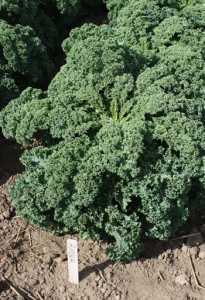 3. Find A Niche
3. Find A Niche
With Florida’s warm climate, opportunities are ripe to plant niche crops that cater to the state’s diverse population. According to the Pew Research Center, about one-in-five Floridians are foreign born. Those people bring with them their diets, many of which are rich in fresh fruits and vegetables.
According Gene McAvoy, vegetable Extension agent and Florida Grower contributor, Asian vegetables have become popular in the state in recent years. Some of these include pak choi, long beans, and gai-lan. Other vegetables include various hot peppers, broccoli-rabe, amaranth, and a variety of herbs.
“Kale [pictured] is an old crop that has taken on a new life,” McAvoy says. “A few years ago, people would not have known what kale was.”
Kale has enjoyed new popularity based on various health gurus’ recommendations to get green, leafy foods in their diets.
McAvoy advises growers do their homework before jumping into niche crops. He suggests investigating demand with farmers’ and local markets, buyers in big cities with larger ethnic populations, and high-end or ethnic restaurants.
“There might be little known about production and pest control practices with some of these crops, so you could be out there on the cutting edge, charting new territory with these crops,” he says.
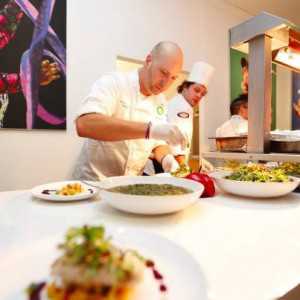 4. Farm-To-Chef
4. Farm-To-Chef
Cultivating relationships with local restaurants hungry to connect their eatery with a local farm can provide special marketing opportunities. The food industry, including restaurants, are fixated on the “farm to” trend — farm-to-table, farm-to-fork, etc.
David Bearl, a certified chef with UF/IFAS, says relationships with local chefs, who are looking to connect their dishes back to the farm creates an excellent marketing opportunity for smaller growers in particular. Bearl says the following are a few of the things chefs look for in a partner grower:
Food safety: Food safety is the top priority. “Chefs are just like growers — we don’t want to poison anyone,” says Bearl. “If we do that, we are looking for another career.”
Quality: Chefs want fresh and pretty looking produce to dress up the creations on their plates. The ability to pre-cool produce on the farm is a big plus in attracting restaurant buyers.
Consistency: Supplying the restaurant with similar quality, freshness, and sizes is very important to chefs.
Distribution: Being able to get the produce from the farm to the restaurant in a timely and easy manner also is important, especially when the chef can’t come to the farm.
How do you make a connection with a
certified chef? Bearl says start with the American Culinary Federation (acfchefs.org). He adds local culinary schools are a good place to establish relationships.
 5. Partner With The Big Boys
5. Partner With The Big Boys
One way smaller- to medium-sized growers can tap into the resources of larger-scale operations is by partnering with them. Many larger farms look to partner with others to supplement their supplies.
Gary Wishnatzki [pictured], owner and president of Plant City-based Wish Farms, says a primary benefit of partnering with a larger farm is it gives access to some of the bigger retail chains that might not otherwise be available to a smaller grower.
“They also have access to a brand like Wish Farms that is recognized in the market,” he says. “Plus, we give our partner growers support on things like food safety through our in-house people and help them get ready for food safety audits.”
Wish Farms utilizes its own traceability software (Virtualone.net) for food safety. The FreshQC software provides growers an added benefit of getting consumer feedback on the quality of their produce with accountability all the way back to the picker. This access to data can be beneficial to help a grower become more efficient and productive.
What does a large grower like Wish Farms look for in a partner? “We are looking for growers who share our core values and those are quality, integrity, and responsiveness,” says Wishnatzki. “We also are looking for growers who understand the importance of food safety and are willing to go through the audits. And of course, we look for growers committed to producing a quality product.”







